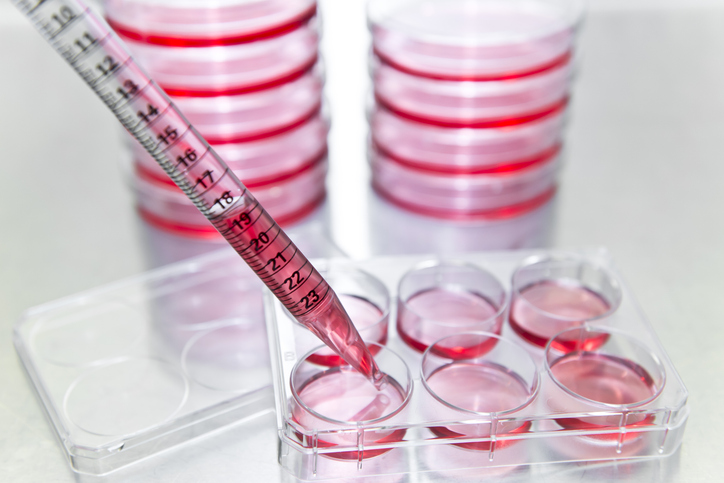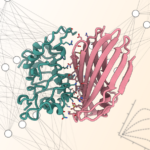A scalable, standardized platform to produce consistent, high-quality extracellular vesicles (EVs) from induced mesenchymal stem cells (MSCs) was developed recently by researchers at Allife Medicine and Peking University. The platform overcomes the challenges of finite expansion capacity, phenotypic drift, and batch-to-batch heterogeneity faced by today’s MSC-EV manufacturing procedures and enables homogenous EV production at clinical trial-sized batches.
The approach, detailed in a recent paper by first author Shixin Gong of Allifetech and a team of 13 researchers, used a microcarrier suspension bioreactor culture system to generate and expand MSCs from extended pluripotent stem cells (EPSCs). This provides a high-density, renewable, reliable, and phenotypically-consistent cell source, and the MSC phenotype remained stable throughout the expansion, Gong reported.
By integrating a fixed-bed bioreactor into the system, the scientists were able to automate the continuous expansion and downstream harvesting of induced MSCs (iMSCs). The resulting EVs were comparable to those generated from primary MSCs in terms of size distribution, morphology, and expression of EV markers.
EVs produced through fixed-bed culture showed “no excessive cell aggregation…and even cellular distribution across the matrix and uniformly high viability,” the researchers noted. The EVs were stable through the two-month duration of the study when stored at -80°C. They appear as safe as EVs induced from primary MSCs, based upon the lack of any significant cytokine expression and analyses of liver function, tissue integrity, and body weight in male mice 13 days after administration.
Therapeutic efficacy studies
Therapeutic efficacy studies conducted using a bleomycin-induced pulmonary fibrosis mouse model were also positive, with mice showing improvements in health and disease severity.
As Gong and colleagues wrote, “Due to the unlimited proliferative capacity of EPSCs and iPSCs, we can mass-produce standardized iMSC populations with high consistency and reproducibility, overcoming the donor variability and limited expansion potential associated with primary MSCs.” This also means scientists can engineer iMSCs to produce customized EVs. There is notable “potential for large-scale clinical-grade EV manufacturing,” they added.
“Industrial deployment of fixed beds remains limited,” Gong pointed out. To compensate, the team added “an external recirculation loop with inline heat-exchange, used low-shear perfusion rather than true batch operation, and equipped the cartridge with distributed temperature probes to verify uniformity.” The team achieved a daily production of 1.2×1013 particles per fixed-bed bioreactor. That scales to production runs of 12 to 120 clinical doses per day.
“The integration of fixed-bed bioreactors for large-scale manufacturing further enhances their clinical feasibility, paving the way for the next generation of cell-free regenerative therapies,” the team concluded.


